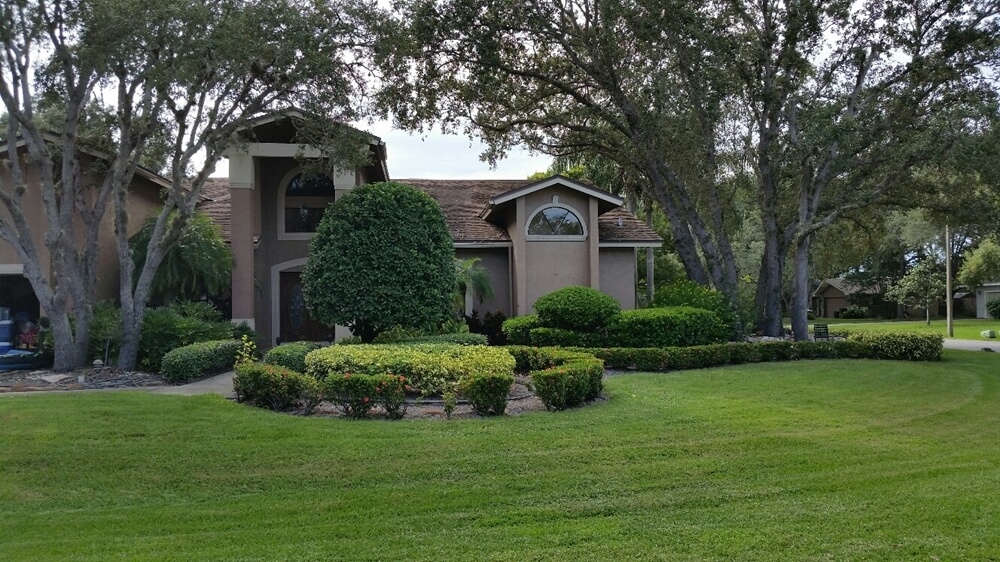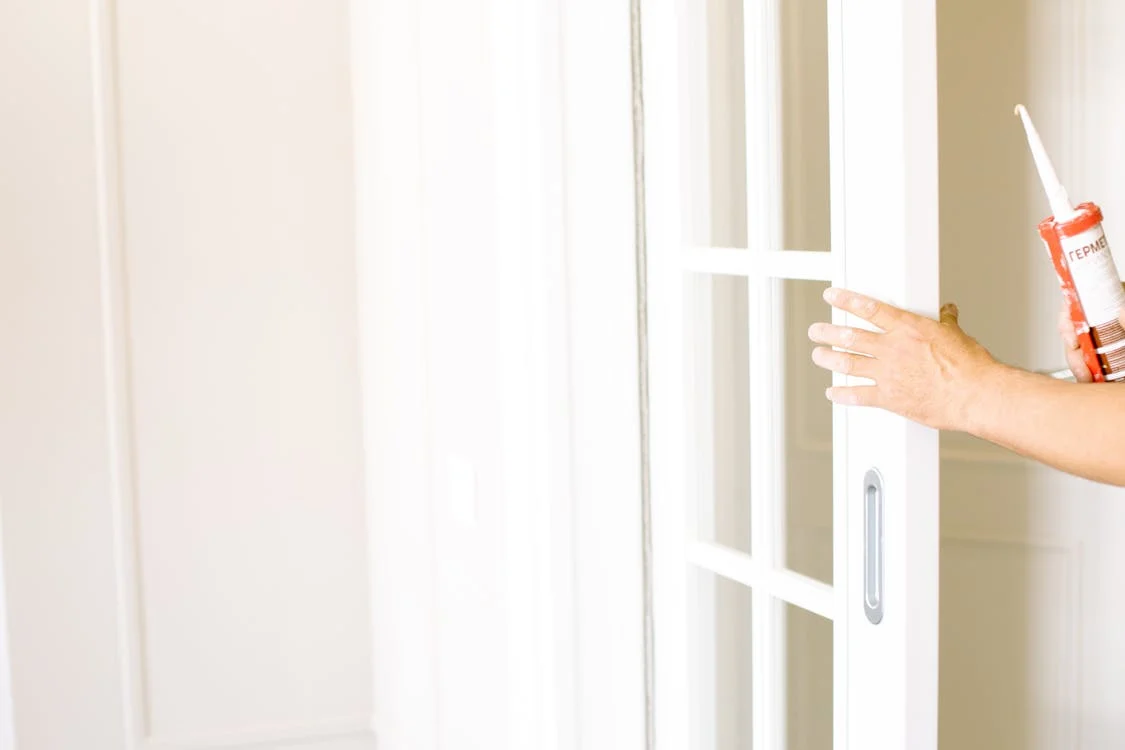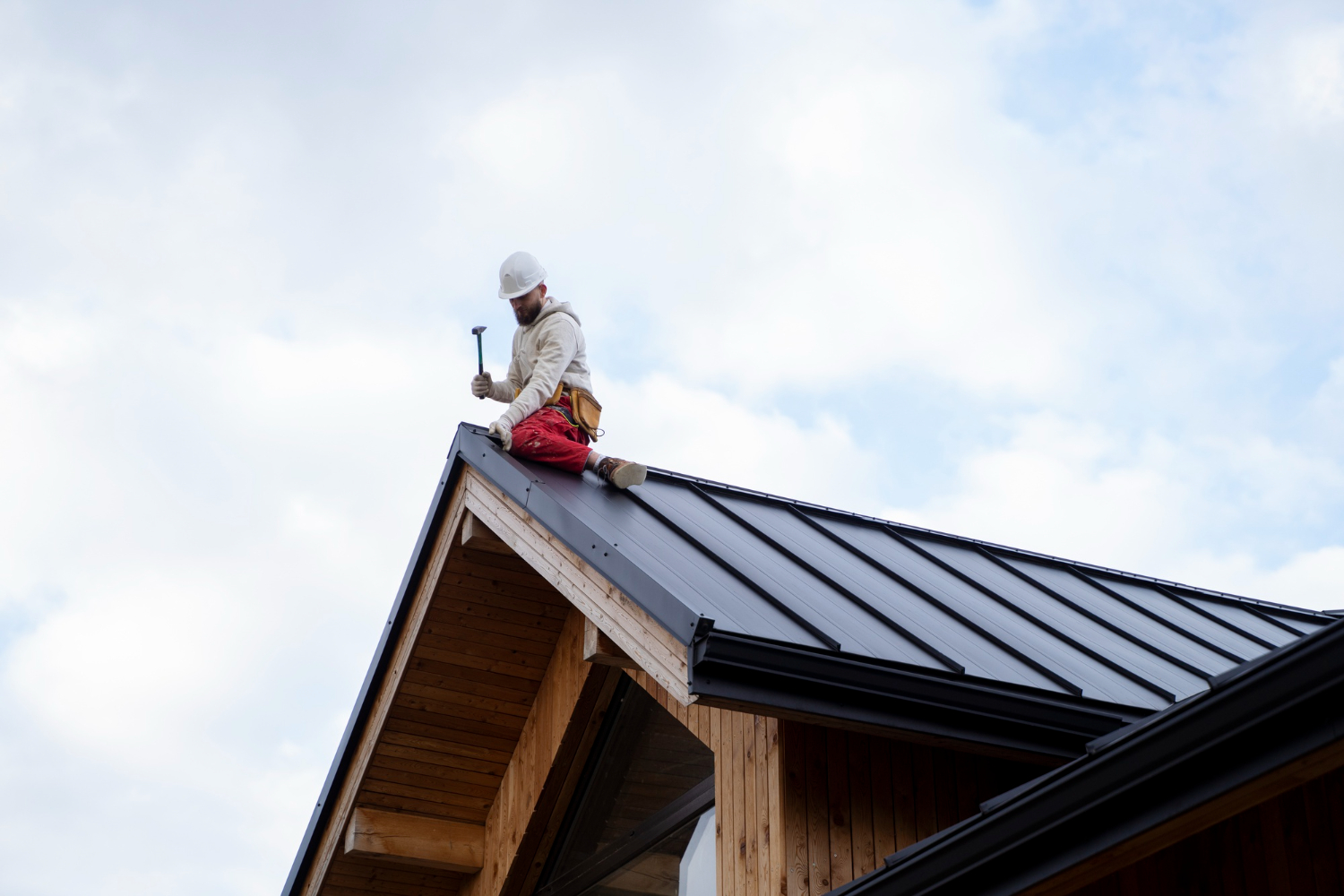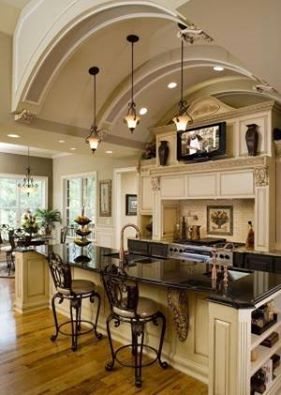By using our website, you agree to the use of cookies as described in our Cookie Policy
a
Rss Feed
A Guide to Structural Home Repairs
A home's structural integrity is essential for safety and longevity. Over time, various factors such as age, weather conditions, and natural settling can cause structural issues that require prompt attention. Ignoring these problems can lead to further damage, compromising the stability of your home and potentially putting your family at risk.
Foundation Repairs
The foundation is the backbone of your home, supporting the entire structure. Common foundation issues include cracks, settling, and shifting, which can be caused by soil movement, water damage, or poor construction.
- Crack repair: Small cracks in the foundation can often be repaired by injecting epoxy or polyurethane sealants to prevent further cracking and water intrusion.
- Underpinning: For more severe foundation settling or shifting, underpinning may be necessary. This process involves installing additional support structures beneath the existing foundation to stabilize and level the home.
- Foundation replacement: In extreme cases where the foundation is severely damaged or deteriorated, a complete foundation replacement may be required.
Addressing foundation issues promptly is vital to prevent further damage and ensure the structural integrity of your home. Signs of foundation problems include cracks in walls or floors, sticking doors or windows, and uneven floors. It's essential to have a professional inspect your foundation regularly and recommend appropriate repair solutions.
Wall Repairs
Walls play a crucial role in supporting the weight of the structure and transferring loads to the foundation. Common wall issues include cracks, bowing, and bulging, which can be caused by settling, water damage, or structural deficiencies.
- Crack repair: Small cracks in walls can often be repaired by injecting epoxy or polyurethane sealants, followed by patching and painting.
- Wall reinforcement: For bowing or bulging walls, reinforcement techniques such as installing carbon fiber straps or steel beams may be necessary to provide additional support.
- Wall replacement: In severe cases where the wall is severely damaged or structurally compromised, partial or complete wall replacement may be required.
Ignoring wall issues can lead to further structural damage and potential safety hazards. It's imperative to address any signs of cracking, bowing, or bulging promptly. In some cases, temporary shoring or bracing may be necessary to support the wall while repairs are being made.
Beam and Joist Repairs
Beams and joists are load-bearing structural elements that support floors and ceilings. Over time, these components can become weakened or damaged due to factors such as water damage, termite infestation, or improper installation.
- Beam reinforcement: For sagging or cracked beams, reinforcement techniques such as installing steel or wood support columns or sistering new beams alongside the existing ones may be necessary.
- Joist repair or replacement: Damaged or deteriorated joists may need to be repaired or replaced to ensure proper support for the floors or ceilings above.
- Load transfer: In some cases, it may be necessary to transfer the load from the damaged structural element to a new support system, such as installing additional beams or columns.
Addressing beam and joist issues is critical to prevent potential floor or ceiling collapses. Signs of problems include sagging floors, cracked or sloping ceilings, and visible damage to the structural elements. It's essential to have a professional assess the condition of these components and recommend appropriate repair or reinforcement solutions.
Addressing structural issues promptly is vital to maintaining the safety and integrity of your home. At Rose Building Contractors, our team of experienced professionals can assess your home's structural condition and recommend the appropriate home repair solutions. Contact us today at 727-596-2390 to schedule an inspection and ensure the long-term stability of your home.
‹ Back






.png)
